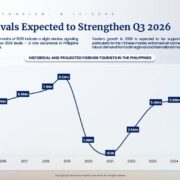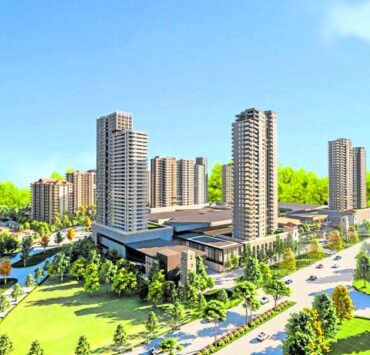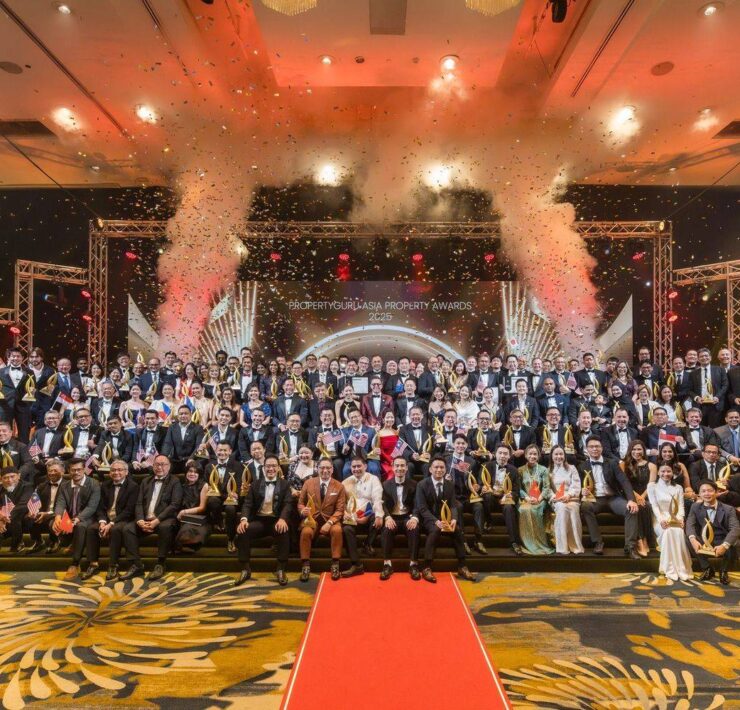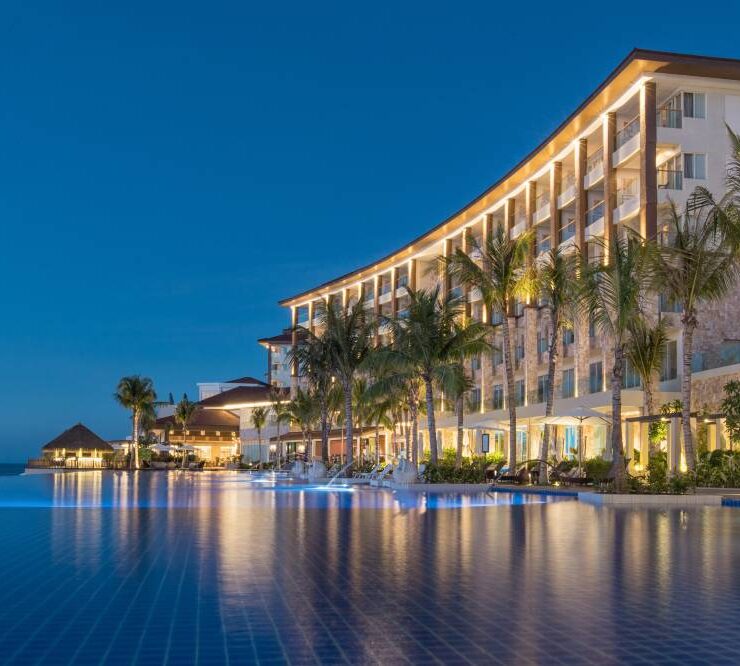Designing the cities of tomorrow
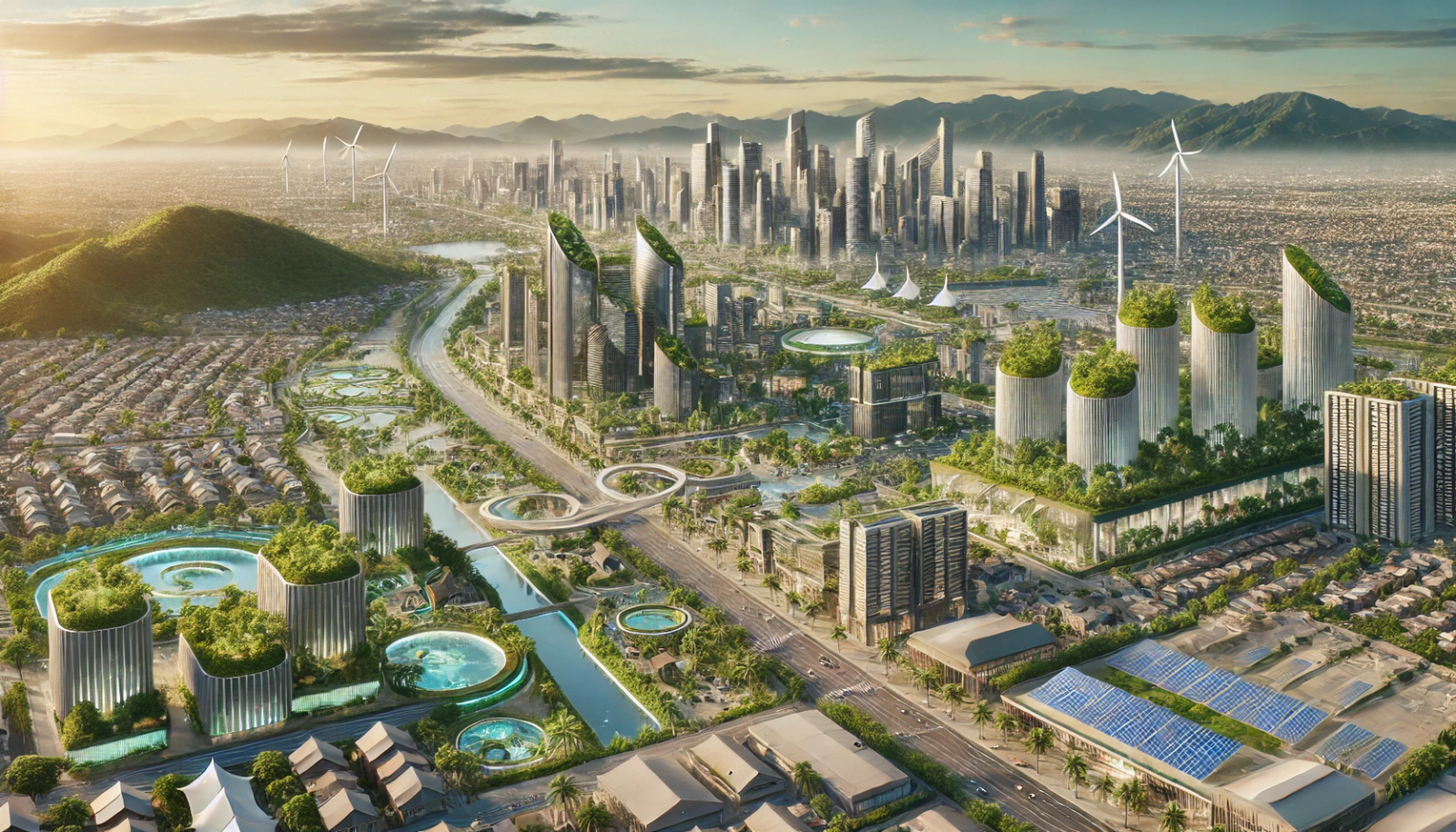
A well-organized city, designed with the end-user in mind, creates a sense of place and reduces the challenges associated with urban sprawl.
Masterplanned developments have become critical to guiding the country’s growth amid its rapid urbanization.
New city projects such as Golden MV Holdings’ Villar City, Clark Green City, New Manila Bay City of Pearl, and Horizon Manila demonstrate how a structured approach to development can create cities that thrive economically, promote sustainable living, and improve the quality of life for Filipinos.
With careful planning, these new developments can serve as models for creating cities that support economic growth, attract foreign and local investments, and position the Philippines as a global leader in smart, sustainable urban planning.
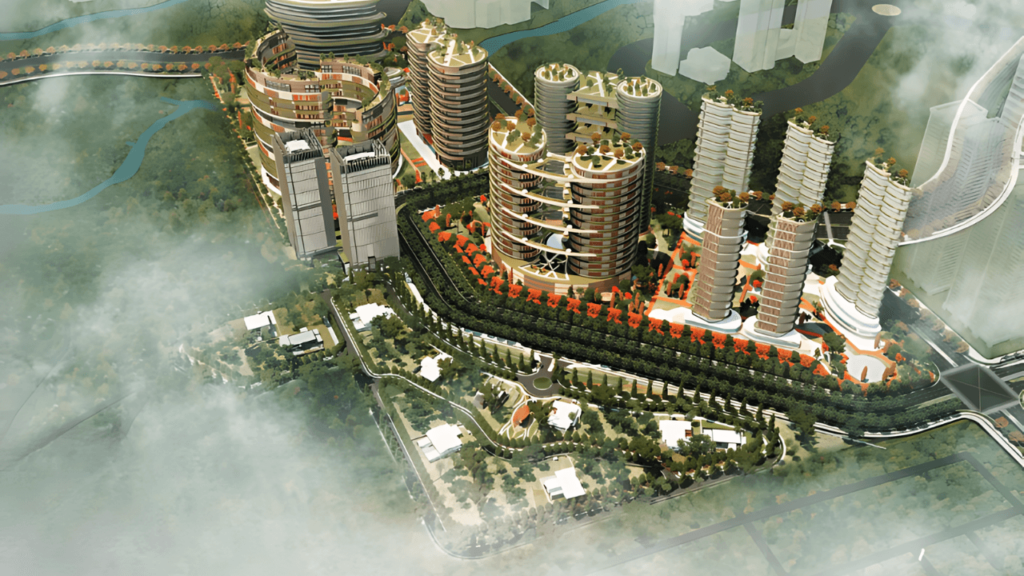
Strategic land use
Masterplanned developments offer a solution by organizing land use for residential, commercial, and recreational purposes to balance density with functionality. This ensures that essential services and amenities are accessible, minimizing travel times and supporting a more efficient and productive city.
A well-organized city, designed with the end-user in mind, creates a sense of place and reduces the challenges associated with urban sprawl. For new developments in the Philippines, this approach can revolutionize how people live and work, setting a benchmark for future urban projects.
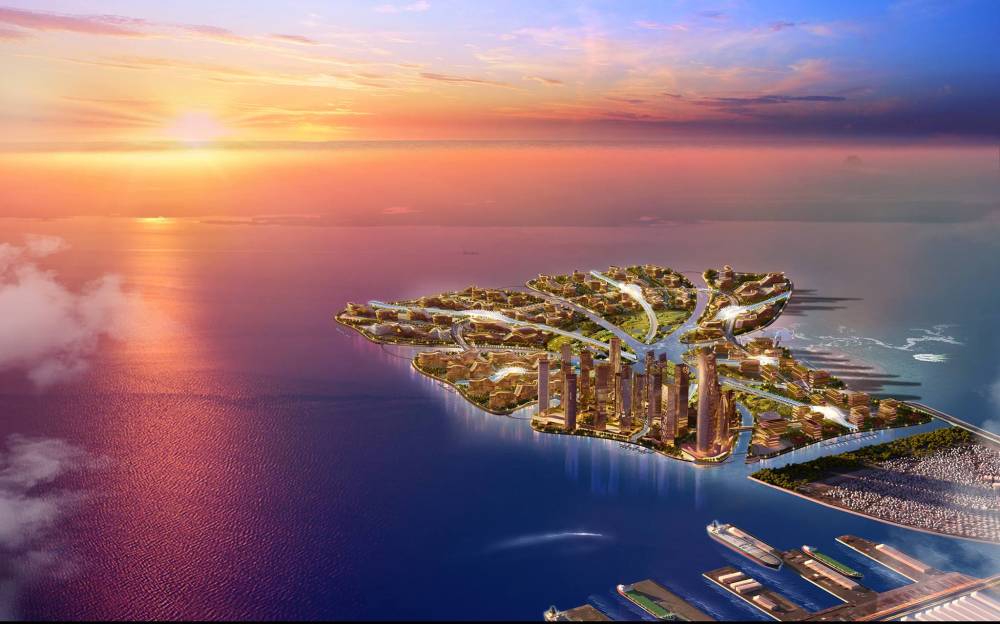
Economic hubs
Masterplanned developments also serve as economic catalysts by creating vibrant commercial zones and business districts.
The Philippines has already seen the benefits of this approach in areas like Bonifacio Global City (BGC), where structured planning transformed a former military camp into one of Southeast Asia’s most dynamic financial districts, attracting businesses, creating job opportunities, and increasing land values.
Environmental consciousness
Sustainability is essential for urban resilience in a country increasingly vulnerable to climate change.
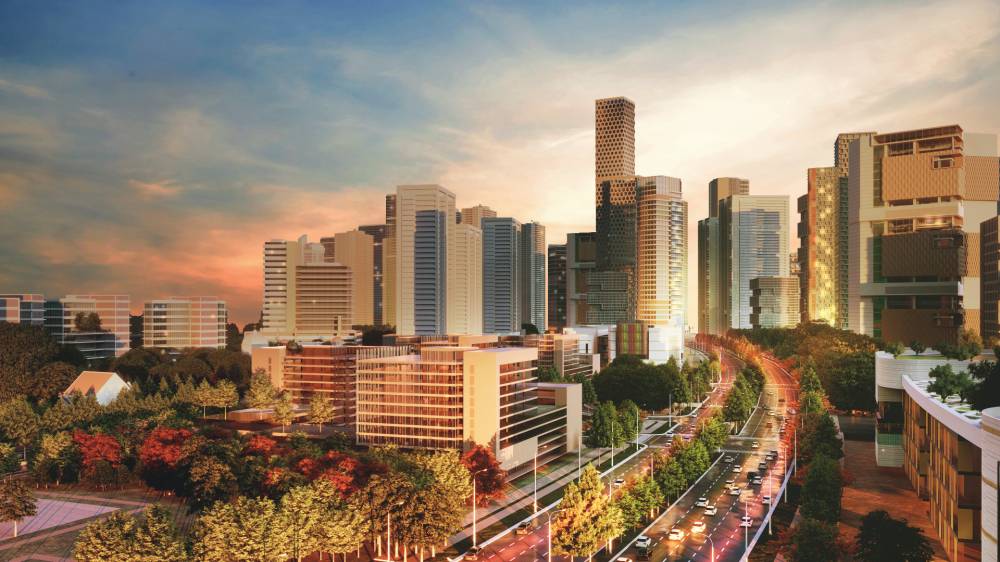
Masterplanned developments are beginning to embrace sustainable building practices and eco-friendly infrastructure to address these concerns. Furthermore, these projects often include disaster-resilient infrastructure. Climate adaptation features like elevated roads and flood management systems protect the city from flooding, earthquakes, and other natural disasters.
Adaptability and resilience
Masterplanned developments consider flexibility to adapt to future growth and changing technologies. As smart city initiatives become more prominent, these developments incorporate features that allow for technological integration and scalability.
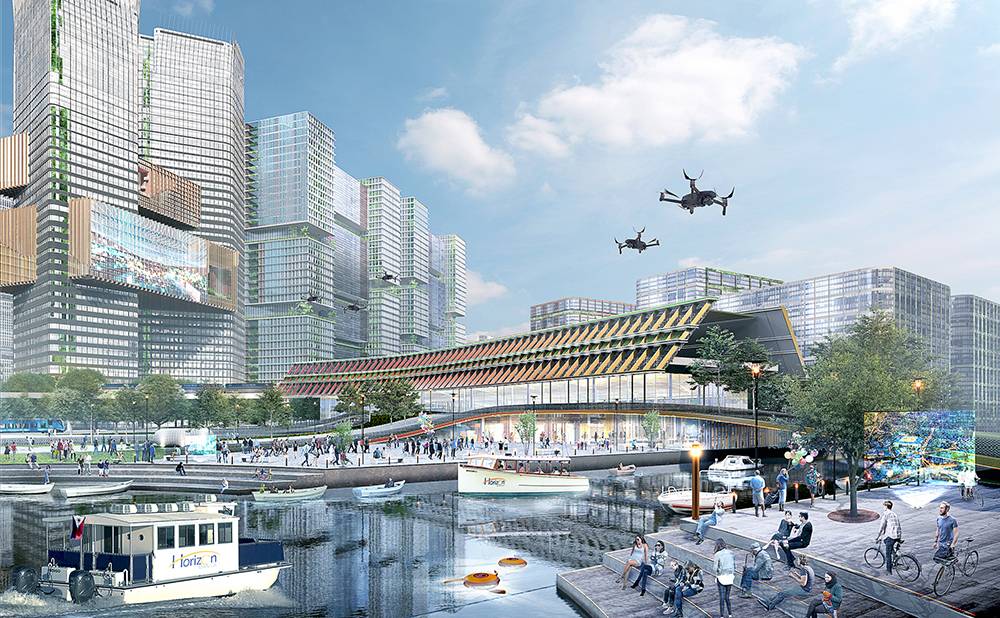
Planning for flexible zoning and open spaces can adjust to demographic shifts, evolving economic conditions, and technological advancements. This forward-thinking approach is crucial as the Philippines is a competitive player in the global economy.
Cultural and social inclusion
A unique advantage of masterplanned developments in the Philippines is the opportunity to promote cultural heritage and social inclusion.
Public spaces celebrating Filipino art, history, and community can enhance social cohesion and cultural pride.
Moreover, these communities offer a chance to create inclusive urban spaces that accommodate people from diverse backgrounds. With accessible housing options, public transit, and community oriented facilities, well-planned cities can serve as models for equitable urban growth, ensuring that the benefits of modern living are accessible to all.
The author (www.ianfulgar.com), is a leading architect with an impressive portfolio of local and international clients. His team elevates hotels and resorts, condominiums, residences, and commercial and mixed-use township development projects. His innovative, cutting-edge design and business solutions have garnered industry recognition, making him the go-to expert for clients seeking to transform their real estate ventures













